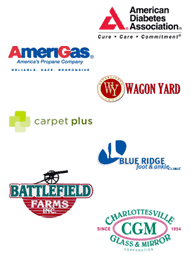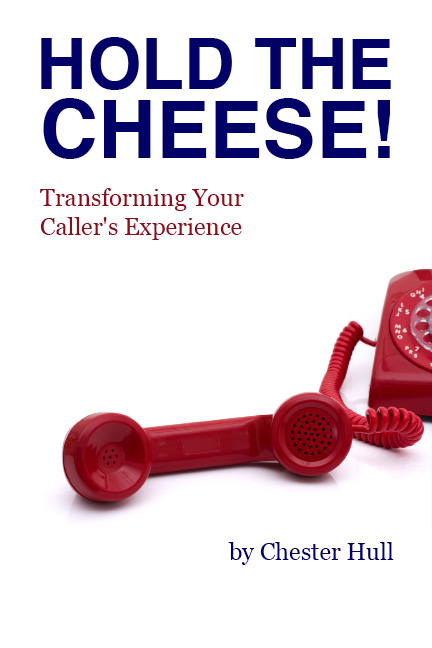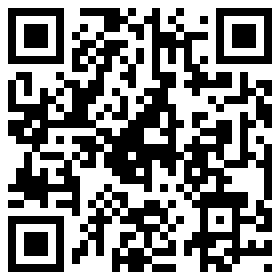
This may strike you as way off the normal “Caller Experience” blog, and well, I’d have to agree.
But I had a couple of experiences with QR codes lately, and I wanted to share these with you.
Recently I was asked:
Chester,
You are very techy and try to implement good new technology…what is your take on QR Codes?
With QR codes, there are a couple of things to think about.
Number 1 thing: Some times people forget that a QR code will viewed on a mobile handset. But in forgetting that, they send the QR code link to a location that would be more suited for desktop browsing. (the only exception to that thought that I know of is that the iPad 2 can scan QR codes)
So if you’re picturing putting one on your business card, for instance, think carefully about where that link should send the viewer. Sending mobile browser users to your main “desktop” website home page probably isn’t going to provide them any value.
Sending them to a special mobile version of your contact page, that allows them to import your contact information into their phone in one click would be extremely valueable!
QR codes aren’t “magic sauce”, they’re simply another tool that I believe will become more prevelant and understood.
And along the way, we’ll run into some really terrible uses that people come up with! Like the mailer I got yesterday from a car dealer. The QR code was supposed to go to http://cardealer’swebsite.com, but instead it went to http://cardealerswebsite/.
Without the “.com” on the end, that’s a mal-formed URL, and when you scan the QR code, you either get a Page Cannot Be Found error, or a search engine result trying to find cardealer’swebsite! A terrible, terrible QR code implementation!
And secondly, why, oh WHY would I want to browse the regular “desktop” version of their website on my mobile phone? It could have taken me to some specific landing page that tied in with the contest mailer they sent, instead of dumping me off into never-never land of their home page, hoping I’d be interested in finding my way around their site on my mobile phone!)
Ok, here’s another example: (hopefully a good one this time!)
I’m writing a book about the Caller Experience. And while I’ll probably publish it as an e-book, I also think there is something of value by publishing an actual bound book. The thing is, a lot of the examples I write about in the book are audio or video clips that I want people to hear or watch!
So, whenever I write about an audio or video clip, I put a QR code right there in the book beside what I’m talking about. Readers can whip out there mobile phone, scan the QR, and it will automatically playing the audio or video right on their smart phone! (they don’t even have to click a button…it just starts playing!)
As the reader is holding the book, reading that information, and I’ve made it interactive by using QR codes! (And, I personally think it’s a pretty neat way to use QR codes!)
With QR codes, as with any other customer interaction, a little bit of thought, from the customer’s perspective, is what’s critical to either success or failure!

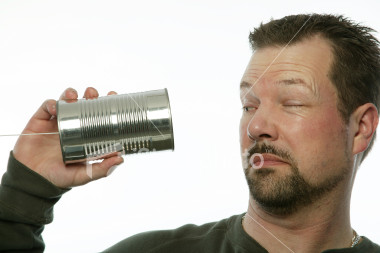 Have you ever wondered who thought of writing the Auto-Attendant you are listening to when you call a company?
Have you ever wondered who thought of writing the Auto-Attendant you are listening to when you call a company? Dave Young of
Dave Young of  When you answer the phone for your company, make an extra effort to Connect with Interest.
When you answer the phone for your company, make an extra effort to Connect with Interest.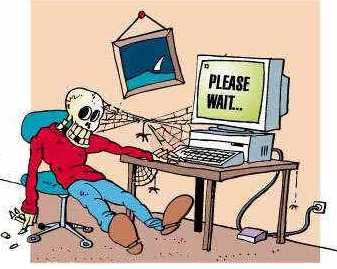 Waiting is an inevitable fact of life. Online, in line, and on the phone, waiting would appear to be despised by all customers. So your goal should be to remove the wait, right?
Waiting is an inevitable fact of life. Online, in line, and on the phone, waiting would appear to be despised by all customers. So your goal should be to remove the wait, right?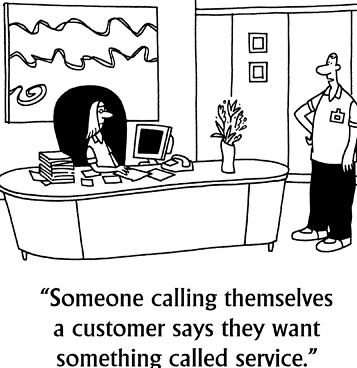 I started to call this blog post “Great Customer Service doesn’t just happen face-t0-face.” And while that’s true, it really doesn’t “just happen“.
I started to call this blog post “Great Customer Service doesn’t just happen face-t0-face.” And while that’s true, it really doesn’t “just happen“.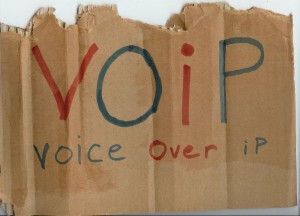 Have you wondered about VoIP?
Have you wondered about VoIP? We are very excited to be transforming the caller experience for
We are very excited to be transforming the caller experience for 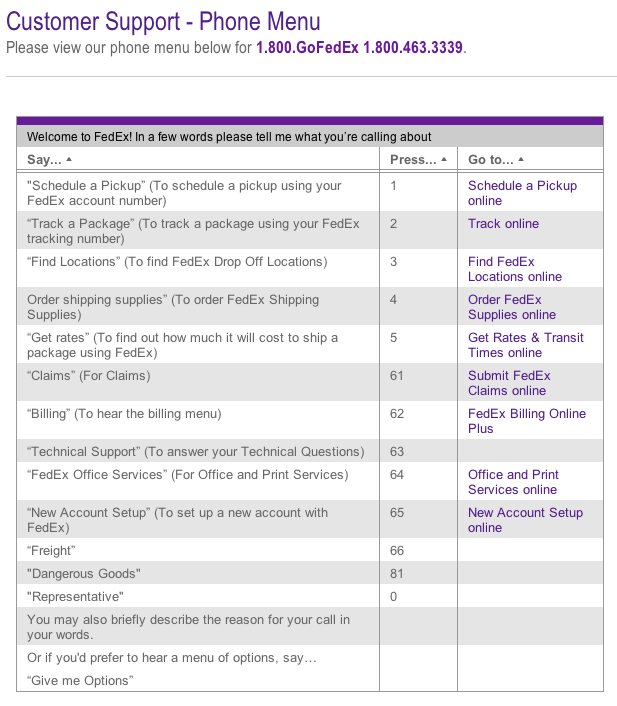
 Or: “The 5 Weirdest Ways Music can mess with your Mind”
Or: “The 5 Weirdest Ways Music can mess with your Mind”
 Facebook
Facebook LinkedIn
LinkedIn Twitter
Twitter


